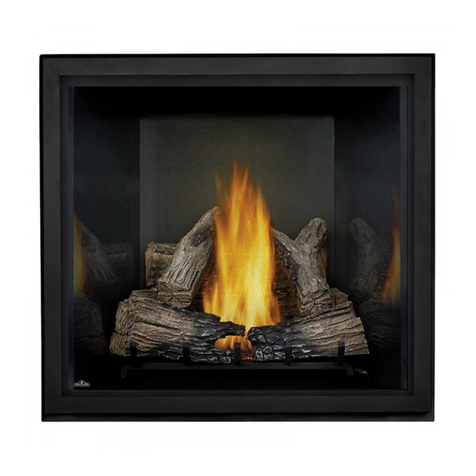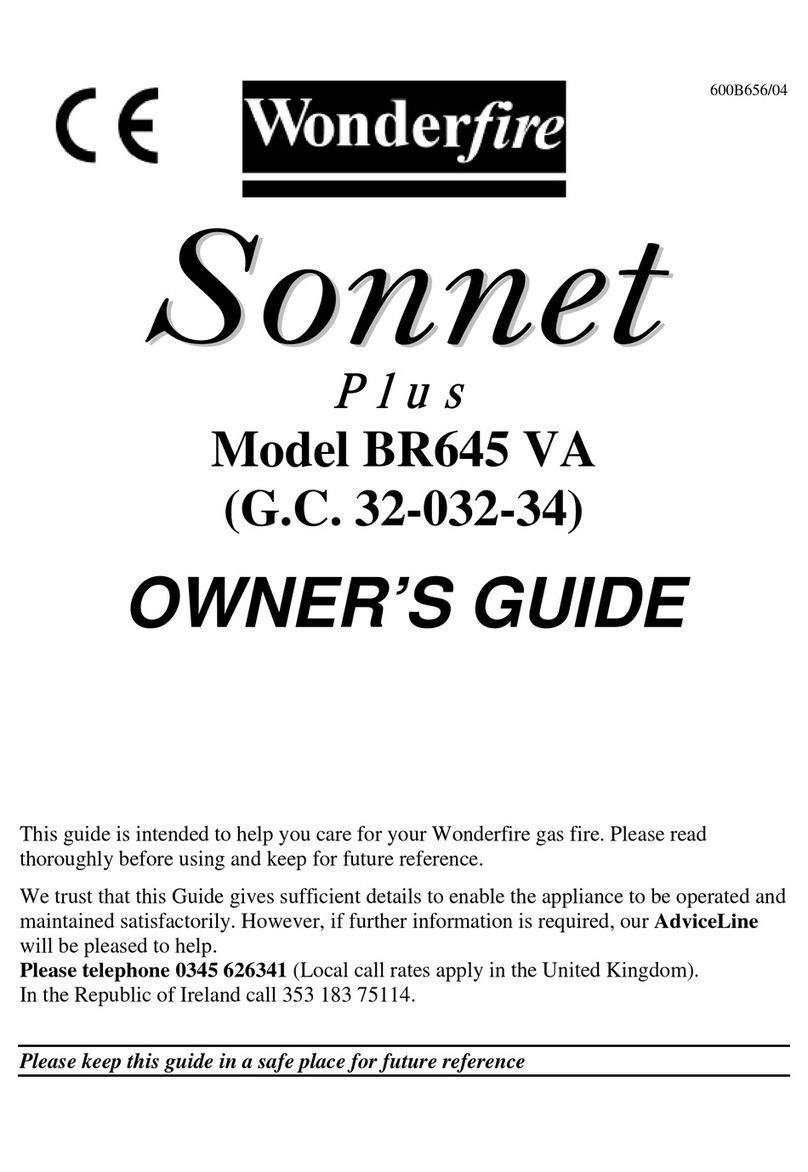Kinder Oasis User manual
Other Kinder Gas Fireplace manuals
Popular Gas Fireplace manuals by other brands

Heatilator
Heatilator ION-V7 owner's manual

Enviro
Enviro westport-steel owner's manual

White Mountain Hearth
White Mountain Hearth VFP24FP2(0,1,2,3)L(N,P)-1 Installation instructions and owner's manual

Heat & Glo
Heat & Glo EVEREST-B owner's manual

Napoleon
Napoleon HDX52NT-1 Installation and operating instructions

Valor
Valor Ultimate Turbochim BR517R owner's guide

HVFL
HVFL 18HVFL Installation and operating instructions

Enviro
Enviro Berkeley-Nova owner's manual

Ekofires
Ekofires eko 5010 Installation and user instructioins

Flavel
Flavel Regent Installation and maintenance instructions

Majestic
Majestic 300DVBLN/PV7 Installation and operating instructions

Vermont Castings
Vermont Castings 33CFDV(N/P)(V/I)SB Installation and operating instructions

kozy heat
kozy heat SPRINGFIELD 36 Installation and operation manual

Valor
Valor COSYFLAME BR623 owner's guide

Wonderfire
Wonderfire sonnet plus br645 VA owner's guide

Valor
Valor genesis BR645VA owner's guide

Bellfires
Bellfires Corner Bell Large 3 CF operating manual

Heat & Glo
Heat & Glo GEM-36B owner's manual










